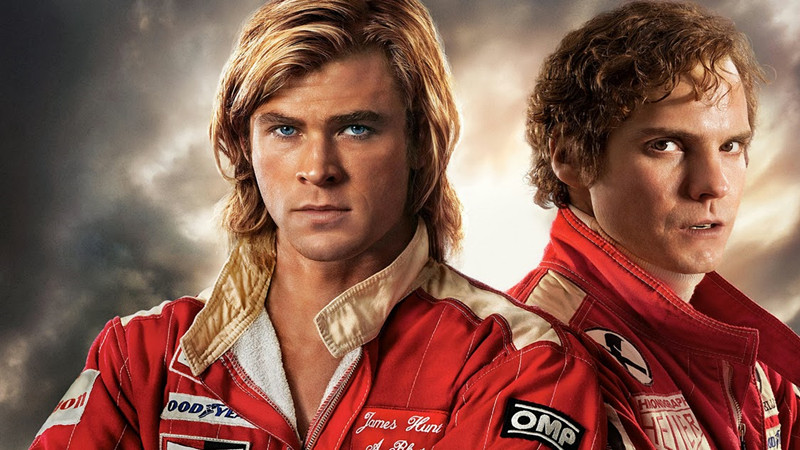
In June 2017, Lucasfilm’s president, Kathleen Kennedy, finally did what many cinephiles were hoping would eventually happen: assign one of the Disney owned Star Wars films to a powerhouse filmmaker.
Throughout 40 years of Star Wars fandom, auteurs like Guillermo del Toro, David Fincher, Steven Spielberg, and David Cronenberg had come close to the job, but for a variety of reasons never helmed an installment. This is not to suggest that J.J. Abrams, Gareth Edward, Rian John, or even the dispensed duo of Chris Miller and Phil Lord are poor directors; rather – the extent of their work hadn’t allowed any them to establish their own reputations.
The rumored mess of Solo: A Star Wars Story was handed off to Ron Howard, a director who had managed franchises (Tom Hanks’ Robert Langdon adaptations), knew blockbuster level success (How the Grinch Stole Christmas), had delivered compelling dramas (Apollo 13), had experience in comedy (Splash); with an Academy Award to boot (A Beautiful Mind), and had a working relationship with Star Wars creator George Lucas dating back to the early 70s.
Again, it’s not Howard’s blockbusters or Oscar nominations that make his directorial prospects more intriguing – but that his three decade long body of work allows for an intertextual study for authorship.
Throughout 26 films, Ron Howard has displayed superb balance in emotional narrative flow, although not each of his films are flawless. At his best, the motif of the protagonist’s persistence against the worst odds make for some of cinema’s best work, which one hopes he brings to the Star Wars franchise. By revisiting Howard’s work, least to best, we can conjure a deeper appreciation of his authorship.
26. Willow (1988)
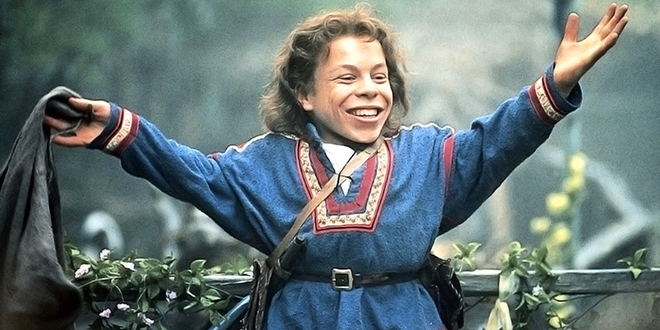
The misfire. The ingredients sound good on paper, yet the result becomes an unbalanced drama with heavy-handed nonsensical absurdity.
Consider the source: Willow originates from the mind of George Lucas which explains the film’s themes of a sprawling adventure, the blending of comedy and action, the good vs. evil mythology, and a cavalcade of characters — akin to the Indiana Jones series. Willow aims for grandiose spectacle with lush cinematography and an ideal score from James Horner – yet is unable to handle all its moving parts (something Howard generally does impeccably).
The characters are intriguing, but not endearing. The campy comedy in Willow is better suited for Michael Keaton in Night Shift, rather than a George Lucas medieval fantasy. There were plans for an expanded universe, yet Willow’s underwhelming performance at the box office wasn’t enough to sustain sequels (Lucas anticipated vastly higher grosses).
An example of Willow’s sloppiness can be seen in the muskrat voiced by Patricia Hayes (later becoming a powerful wizard), but is introduced to the audience as a jabbering critter, and remains so for the majority of the picture.
Unlike Yoda, from Lucas’ Star Wars series, who was also initially introduced as a cranky swamp creature, there was emphasis to anticipate Yoda’s importance. The lore which Willow operates from is never properly affirmed to the audience, which leaves for a cold reaction by the finale.
25. The Dilemma (2011)
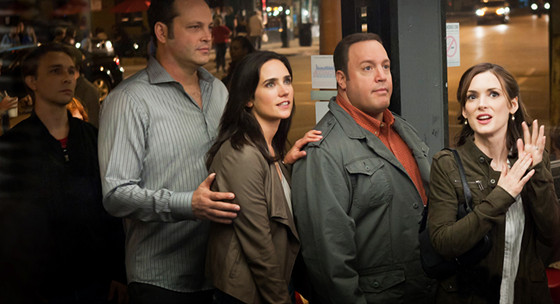
Similar to Willow, all the ingredients for a typical Ron Howard comedy are present: the narrative complexity of two couples, allowing for four different POVs, an on-screen sexiness between the lovers, a risk-heavy business in the automotive industry, and Vince Vaughn becoming more and more trapped in an inescapable scenario as his dark past resurrects. Howard often treads the dangerous tightrope of comedy/drama, and in the case of The Dilemma, makes for uncomfortable encounters between the assorted cast.
Despite checking all the boxes of Howard’s “authorship”, The Dilemma falls short on its resolution of honest consequences. With the endings of Gung Ho and Parenthood, the characters grow into superior versions of themselves and their relationships are restored after strained circumstances.
Although The Dilemma’s incorporates this uneasiness between the four main characters, the consequences of inappropriate decisions on the part of Winona Ryder and Kevin James become underscored in a “buddy” ending.
24. Gung Ho (1986)
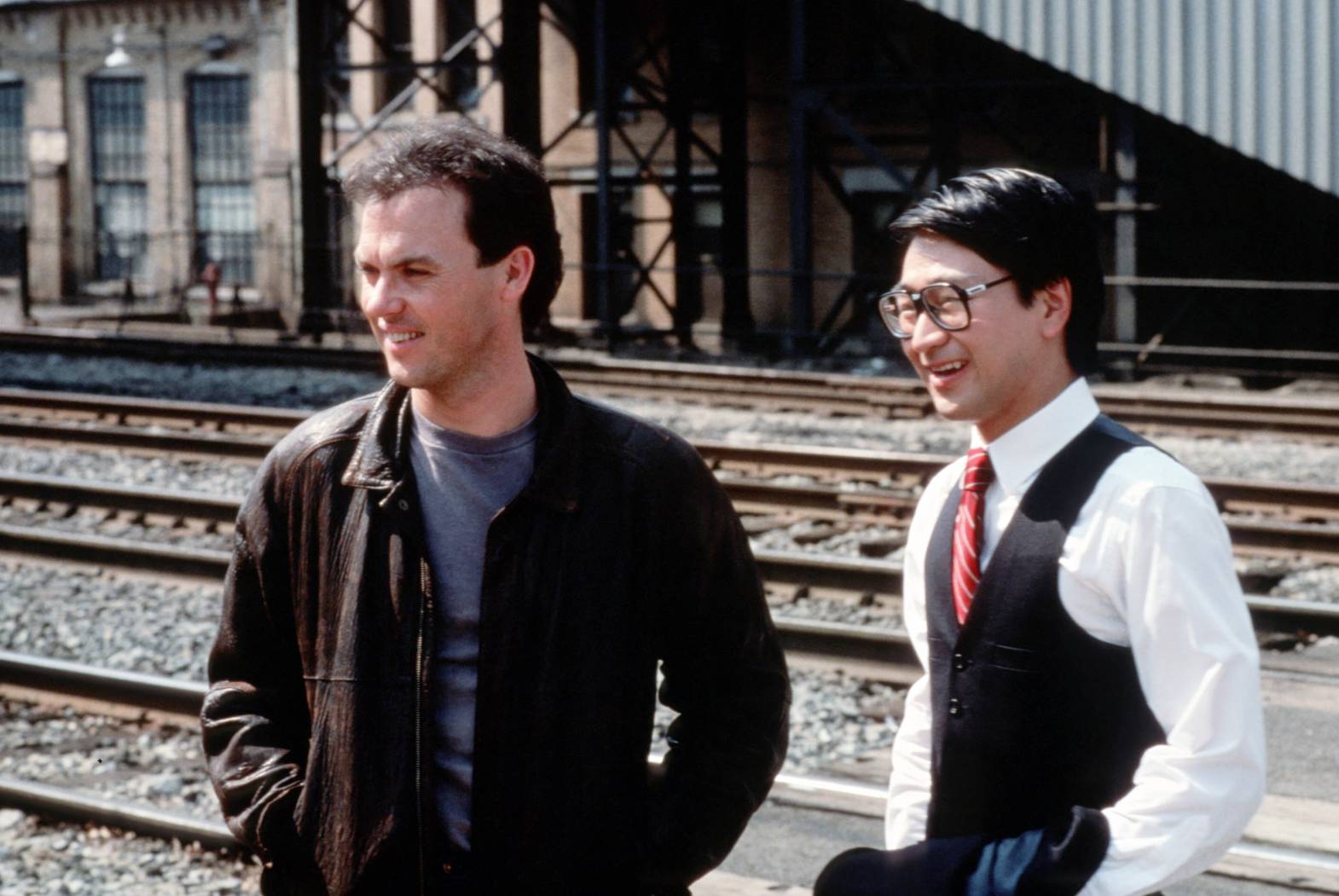
Culture/race clashing is not a topic we see Howard dwell on repeatedly, yet with Gung Ho, Howard pits working-class America against the disciplined Japanese. While the film has a number of crowd pleasing moments, the dramatic undertones are occasionally too sharp when walking the comedy/drama tightrope. Gung Ho offers Michael Keaton the ideal stage to play out his erratic wayward persona, including a number of excellent pep-speeches.
Gung Ho is Ron Howard’s first movie where his best attribute arrives: the protagonist vs. the impossible. In Howard’s finest work the stakes are always raised, the situation gets worse at the least opportune time, and hope is seemingly erased.
In Gung Ho, Keaton accepts the near-impossible task for the newly opened factory to turn out 15,000 cars in one month. This goal becomes the axis that the story hangs off of for the second half of the film, and the rally to complete the task is enjoyable to see.
Yet Gung Ho is occasionally too heavy handed in the deterioration of relationships, particularly Keaton’s (his friend played by George Wendt, his love interest played by Mimi Rogers, and the opinion of his co-workers). Although a comedy, Gung Ho is clearly a foreshadow of Howard’s excellence to come in the following decade.
23. Splash (1984)
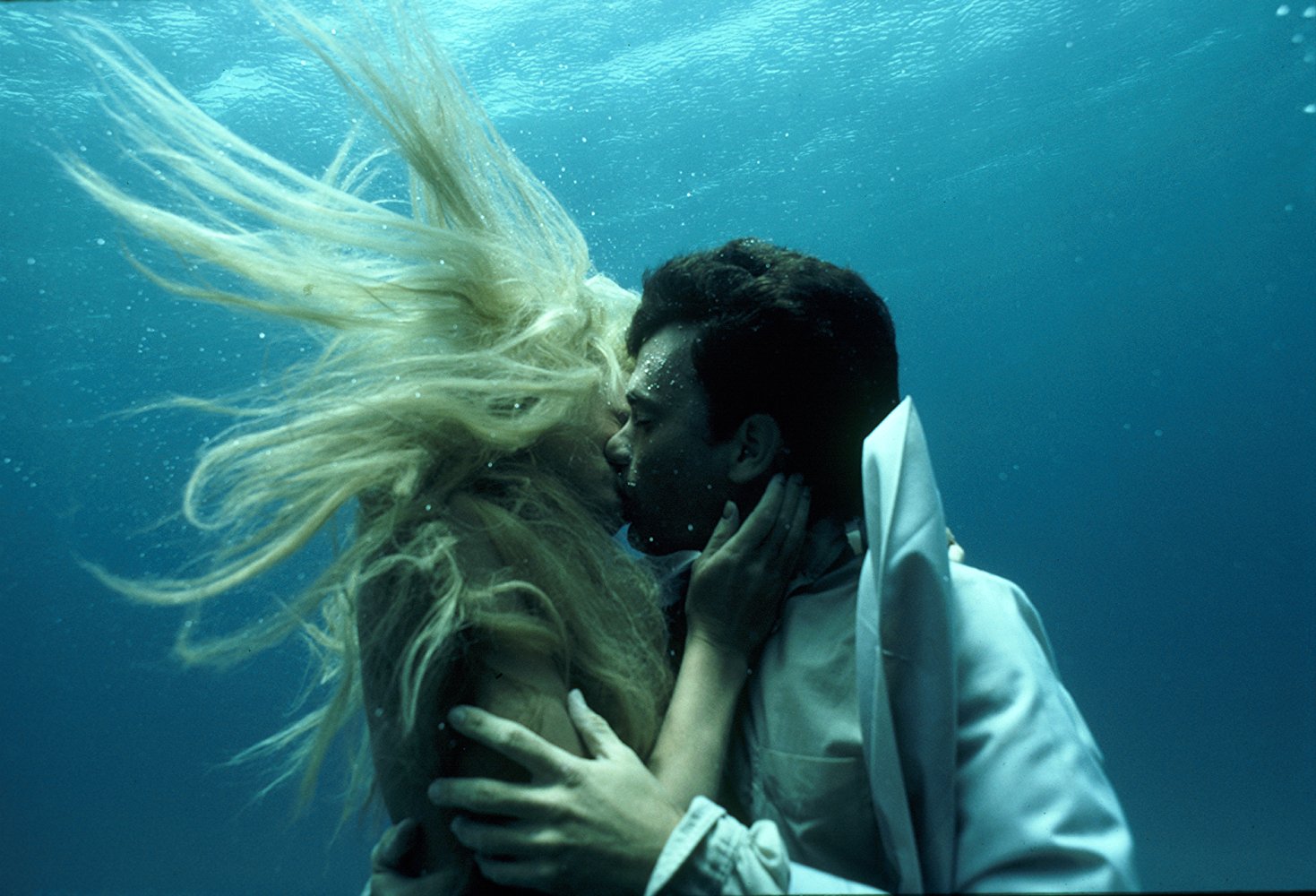
One of Howard’s most recurring themes is romance, and his third directorial feature places that theme squarely at the center of the narrative. The campiness of Grand Theft Auto, or the raunchiness of Night Shift overshadow the love stories in those films — and though Splash’s man/mermaid relationship begs for comedy, Howard strives for a level of maturity not present in his two previous films. The combination of Tom Hanks and John Candy sets up Splash for marvelous laughs, yet the relationship between Tom Hanks and Daryl Hannah is the catalyst of the narrative.
One can’t help but see the parallels to the blockbuster E.T. The Extra Terrestrial (1982, Steven Spielberg) that Splash takes its cues from: the isolated human and foreigner developing a special bond, the foreigner’s humorous reactions to human life, and the government’s intervention to “study” the foreigner.
However, E.T.’s absent father (who’s never seen in the film) propels the emotional undertone, whereas Splash relies on comedy, and it doesn’t have the same effect. The mermaid/human jokes fizzle out halfway through, and while the audience roots for the Hanks/Hannah duo, the heavy handed romance ending is unable to have the same effect as the young boy’s relationship with the alien in E.T.
22. The Da Vinci Code (2006)
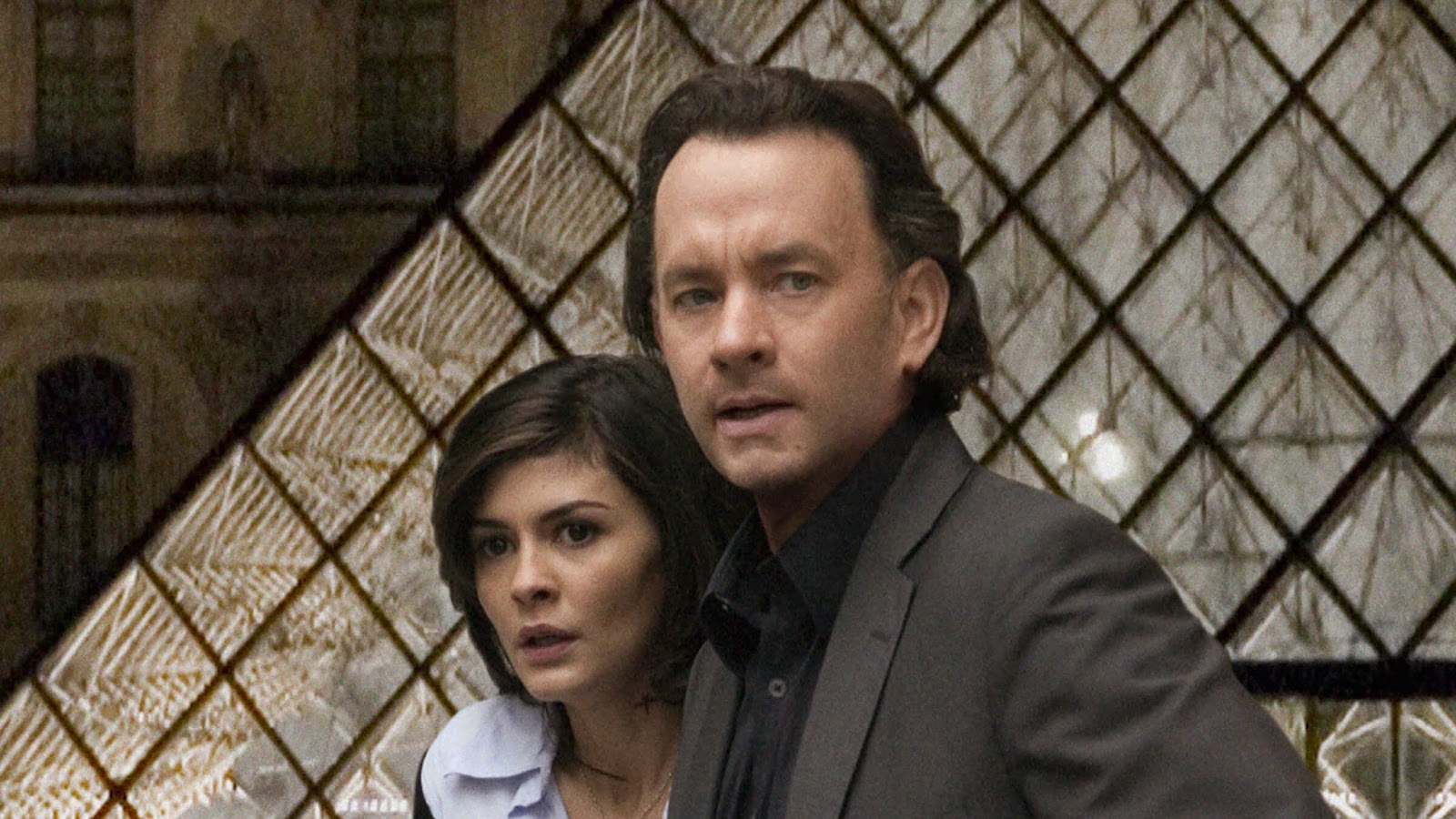
Similar to The Dilemma, The Da Vinci Code is a “Ron Howard film” by attributes only – lacking the tone of his other work. The first 30 minutes introduces the audience to a wide variety of characters, a plot with many moving parts, characters driven by peculiar agendas, Hans Zimmer’s emotionally heavy score, and lead characters thrown into a mess they cannot run away from.
Although Howard’s narratives and characters may have a familiarity, he’s not hesitant to venture into new genres such as action/thriller (Ransom); western (The Missing); or rockumentary (Made in America). The Da Vinci Code is another departure into the genre of mystery and suspense with an air of historical intrigue.
The movie plays out bizarrely similar to Robert Ludlum’s The Bourne Identity novel; the mysterious “teacher” akin to the book’s villain, hidden within the walls of church lore, and Audrey Tautou’s real identity a secret to all (including herself). As opposed to the high energy of the sequels, the police chase takes a backseat in The Da Vinci Code, allowing the puzzle of fictional cult history to capture audience intrigue.
21. Backdraft (1991)
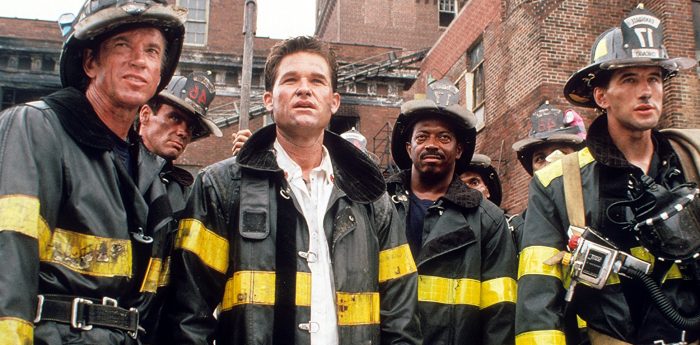
The pre-show to Howard’s becoming a power-house director. Backdraft is a dress rehearsal for the dramas that would follow: two main characters (Frost/Nixon); the pressure of family life stability (Cinderella Man); a rousing bombasting musical score (Far & Away); and show-stopping acting performances, courtesy of Robert DeNiro and Donald Sutherland. No doubt that the kinetic energy of “a Ron Howard film” is here, but the plot is so jumbled that it doesn’t have the same bite.
Backdraft has many moving parts (again, Howard loves the ensemble casts) yet it takes time before the narrative develops and the audience can settles on who/what the main focus is. By the 50-minute mark, we see that Backdraft’s drama is the relationship of two brothers played by William Baldwin and Kurt Russell. Despite the harsh fires, the ebb and flow of their relationship is the axis of the film.
In typical Howard fashion, the final act of Backdraft poses the greatest challenge – turning the brothers against each other to raise the stakes, and then the betrayal of an ally (as would happen to Tom Hanks in all three of the Robert Langdon films).
20. Grand Theft Auto (1977)
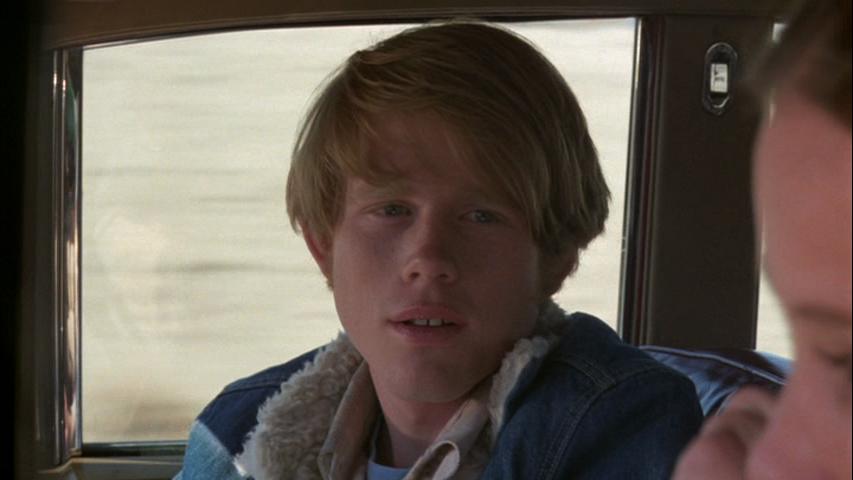
As opposed to the first studio pictures of Steven Spielberg (The Sugarland Express) or Michael Cimino (Thunderbolt and Lightfoot) – there is nothing strikingly cinematic about Howard’s directorial debut. Grand Theft Auto is the picture that Howard was obviously cutting his teeth on: he’s playing in his comfort zone (a la Happy Days) to orchestrate big-budgeted automotive stunts for a shameless comedy.
The editing might not be polished and the acting may be overtly goofy, yet Grand Theft Auto remains a product of its time and the energy of the chase through Los Angeles/Las Vegas desert holds its own throughout the picture.
Aesthetically, except for the cars, there’s nothing in Grand Theft Auto that candidly resembles “a Ron Howard film”, with one very peculiar exception: prior to the final act of the film, the farcical chase comes to a dead stop as screentime is devoted to the unsteady romance between Howard and Nancy Morgan.
The ebb and flow of relationships are so crucial to Howard’s films, so it’s no surprise that in a film as loud as Grand Theft Auto dedicates screentime to the characters’ distance and resolve.
19. Made in America (2013)
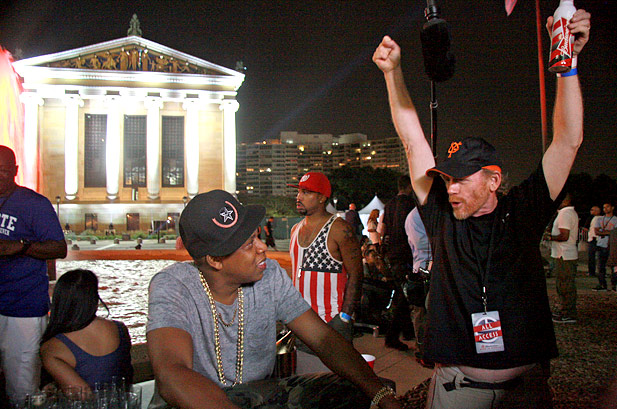
Ron Howard directs the rockumentary his own way. In its first year (Sept 2012) of Philadelphia’s now annual music festival, Howard nabs interviews with the performers, intercutting festival footage with their backstories of what led them to success. The stories of Made in America share the theme of collaboration and the setbacks musicians go through, eventually persevering themselves to success.
Additionally, Howard also points his camera at blue collar Philadelphia, and those who work the festival’s set up. There is a tendency in his films to really dive into the location of wherever the stories are set; the streets of Chicago in The Dilemma; the streets of Rome in Angels & Demons; the 70s era in both Frost/Nixon and Rush. So too with Made in America, Howard makes sure to incorporate the people of Philadelphia as an essential part of the music festival.